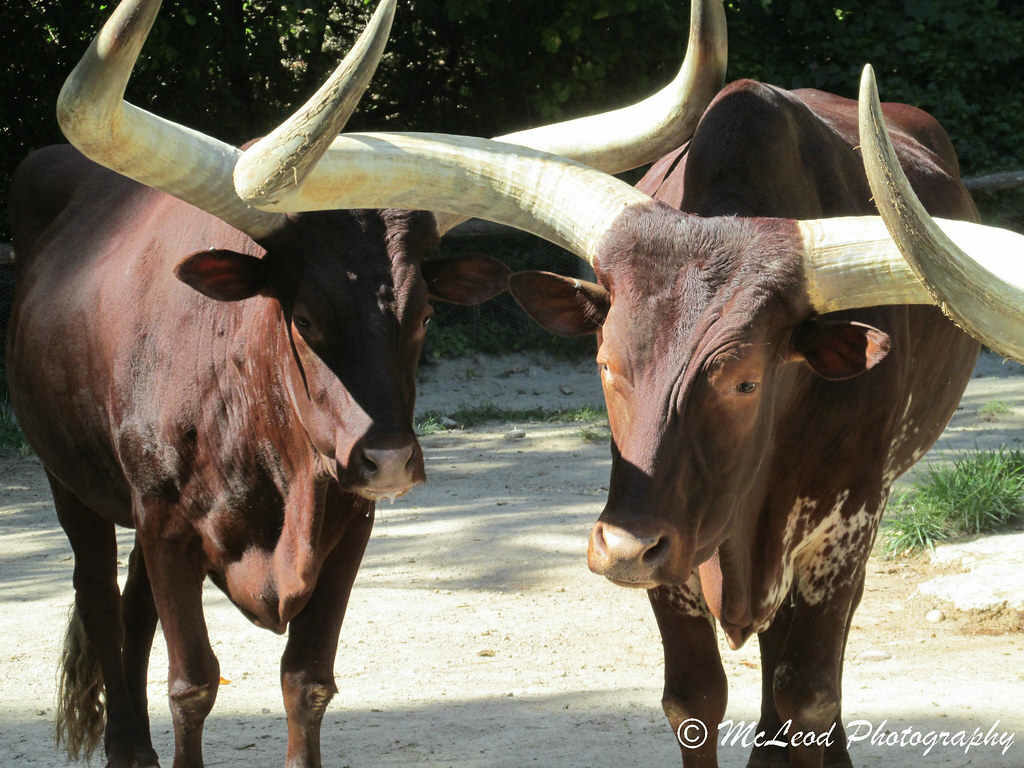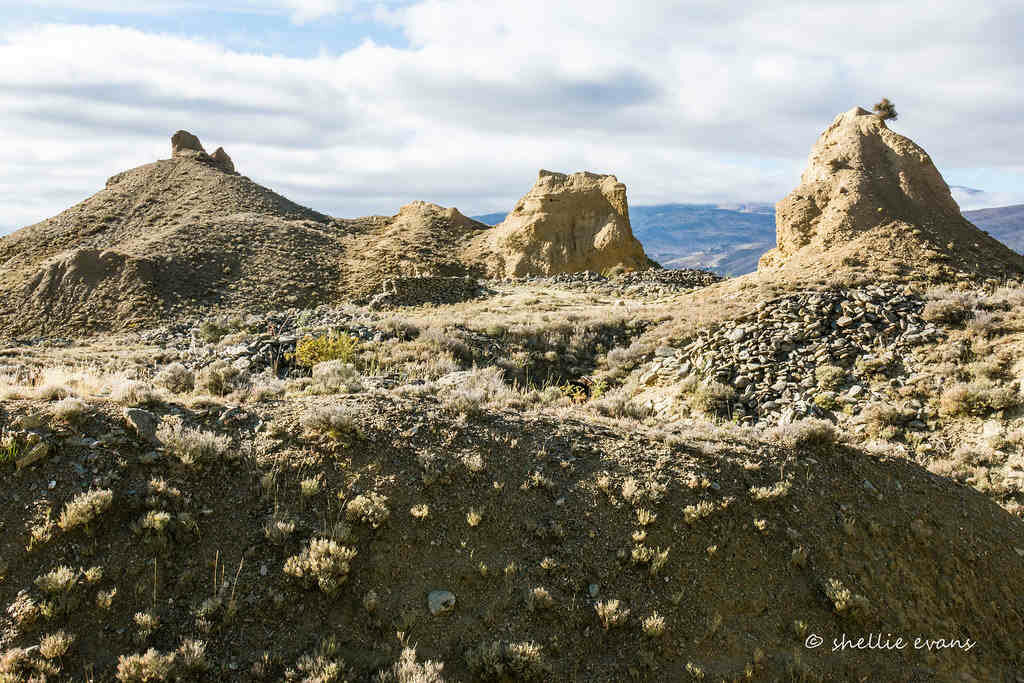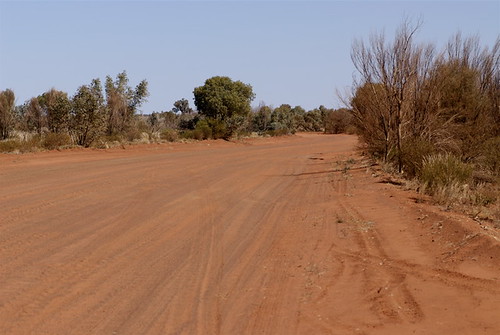First installment of a multi-part story
Earl’s Journey
What was I thinking? Through the open mesh grill that serves as a window for the coach, Earl studies the small cluster of buildings hunkered down in the shadow of a small mountain of rock waste. He has plenty of time to contemplate the scenery while bouncing over the crude rutted road in a sweltering wood box. The box is drawn sedately by six yoked oxen. He shares his ride with three companions. The one who calls himself Zippy also stares at the apotheosis of their journey.
Zippy
Ever so often, Zippy mumbles what sounds like “Oh shit!” The frequency of his declaration increased ever since the shimmering buildings coagulate into solid structures. Reality ebbs and flows for days since entering the blisteringly hot arid basin. Ethereal hallucinogenic images flicker at the fringe of vision as mirages emerge, merge, and fade in the superheated air.
Bob
A second fellow traveler, Bob, sits on a bench directly across from Earl. Bob’s chin bounces off his chest in time with jouncing over the poor excuse for a road’s irregularities — the jolts dampened only slightly by pneumatic tires and leaf springs. He stares listlessly at the heavy shitkickers they’ve all been issued that anchor his feet to the floorboards. Bob has said very little since the start of their trip. All Earl has learned about Bob is his name and that Bob does not have much to say.
Scarface
But Bob is a veritable chatterbox compared to the oblivious form stretched out at their feet. Dust covers the khaki jumpsuit stretched taught over the large man’s muscular physique. Earl wears the same utilitarian onesie, but his sags loosely on a boney frame. The big man sports a poorly healed facial scar that Earl imagines has been violently incised during a fight. Earl silently dubs him Scarface. Earl keeps the name to himself and simply uses the pronouns him and you when circumstances require verbal differentiation of Scarface from the other passengers.
I wish I could sleep like that fool, thought Earl. The floor is too hard, the air is too hot, and this rolling cage is going to shake me to pieces.
Scarface just lies on his side snuffling and snoring, a rivulet of drool drying instantly into a white stain as it hits the floor. His scar glistens, drawing the eyes and imaginations of the other passengers.
A Day at a Time
Earl leans back against the wall and closes his eyes. Somewhere he’d heard that oxen travel fifteen miles a day. I should have been keeping track of the days. I wonder if one of these other fools’ve been keepin count. Each day was pretty much the same as the other, except that the descent from the highlands into the basin is like entering a living hell. I wonder how many shackle draggers die on this road?
Waypoint
Escape is a capital offense. Survival in this kind of terrain is a dubious prospect anyway. Each day, the four passengers meekly comply with the trustee assigned to the waypoint. The trustee unlocks the coach, leads the four to a drab prefabricated plastic building. A door is opened to a common room equipped with sleeping benches smoothly molded from the same tawny material as the walls. When the four have entered the room, the door is closed and locked behind them. Earl thinks the same government designers are responsible for the building and coach design. As in the coach, there is a sliding door in the middle of the room’s floor that when opened reveals a hole for depositing shit and piss. The rich smell of fermenting human waste wafting from the waypoint jake testifies to its heavy and recent use.
At some point during the evening, the waypoint trustee returns with a wheeled cart — squeaking wheels usually foretelling the trustee’s arrival. He slides open a floor level sub door beside the main door. Each traveler receives a blue plastic bucket filled with five liters of water and a yellow basket that looks like a miniature plastic milk crate. The crate contains the same sundries at each waypoint: a one-liter empty plastic bottle with no lid, a neatly folded clean white cotton sheet, a small rolled white cotton hand towel, a button of coarse grainy soap, a nutritious brick composed of proteins, sugars, fiber and preventive medications, and a packet of electrolyte and salt-laden fruit-flavored powder to mix with water to combat the losses crusted on their skin and jumpsuits from a day traveling through superheated air.

Routine
Sometimes the trustee will be taciturn. Duties are completed in silence. The sound of squeaking wheels receding as the trustee pushes the cart along the covered porch that surrounds the building, possibly toward other tasks compelled by the daily waypoint routine. Sometimes, the trustee will linger and gossip. Since Scarface never says anything and Bob’s contributions to any conversation is perfunctory, only Earl and Zippy natter on, happy for any distraction. When the two fish for information about their destination, the trustee rarely divulges anything of value. Earl has learned that there are clear hierarchical and promotion schemes for trustees and that a newcomer should expect to start at the very bottom — given their destination, that is an ominous premise. Earl and Zippy agree that conversations are probably monitored and waypoint trustees simply avoid saying anything of value out of fear of retribution and demotion to more restrictive internment.
There is no artificial lighting in the common room. After eating and cleaning, each traveler arranges his scant bedcovers and prepares for sleep. Earl strips off his jumpsuit and rolls it into a pillow. He can’t sleep without a pillow despite having to expose himself to the night’s chill. He and Zippy make desultory attempts at conversation most nights. But after sunset, the room darkens very quickly and the temperature of the desert air drops precipitously. After sweltering all day, it seems perverse that much of the night is spent shivering under a thin cotton sheet.
Morning
Shortly after daybreak, the four arise in anticipation of the trustee’s return. Any remaining water is poured into the jake along with whatever nature’s call discharges. Sheets are folded, hand towels rerolled, and paper waste returned to the imitation milk crate in the manner prescribed at their first waypoint. Failure to comply, as a surly Bob found out on day two, resulted in a reduction in rations for the day’s journey. The crates are neatly arranged near the door.
Squeaking wheels announce the return of the waypoint trustee.The door is opened and the travelers file out, both hands in clear view laced through the handholds of a yellow milk crate. In turn, each traveler places his carton on the trustee’s cart. The trustee makes sure each carton is in compliance with waypoint rules. The men are provisioned with a brace of the ubiquitous food bars and a packet of powdered drink. Water for the day’s journey is stored in a jug bolted to the forward wall of the coach. During the day, they will mix the powder in a common cup chained to the wall.
Earlier, the trustee yoked six fresh oxen to the coach. Earl sees the six oxen that delivered them the previous day contentedly chewing their cuds in a small fenced area strewn with fresh hay. Presumably, the animals were rested after each day’s travel. The door to the coach is already open. Scarface leads and the other three follow him up the stairs and select a bench seat as far away from each other as possible as they ready themselves for the day. The trustee closes and latches the door with an impressive padlock. The stairs are retracted and stowed under the carriage. Through some signal not readily obvious to the passengers, the robotic driver compels the oxen into their slow steady pace.
Anachronism
Earl accepts the slow, deliberate trek and doesn’t speculate about the anachronistic nature of the journey and destination. There are many faster ways to travel, but the ox-powered carriage seems appropriate for this trip. Each day he reminds himself that submission to this form of punishment results in shaving five years from his sentence.
Carbon Allocation
Everyone is born with a baseline carbon allocation, at least those who come into the world legally in a modern law-abiding nation. Earl, like every other citizen, knows the base allocation can be adjusted through the carbon market. For example, if a person must travel by air for their job, their employer will raise the carbon cap for an employee and offset that increase with carbon mitigation elsewhere — perhaps converting a building’s power to local wind generation. Especially profitable companies can purchase carbon credits from cash strapped, but more energy efficient concerns and make no changes to their energy practices but increase their carbon consumption.
Playing the carbon market was a full-time endeavor for countless professional accountants, lawyers, and traders. Individuals could get into the action particularly if they aspired to frequent travel or more profligate energy use. A citizen’s current balance is always available for review on personal devices or public kiosks. Accumulating carbon debt results in government regulators intruding on a person’s life and making energy choices for that person to balance their account.
Earl does not dwell on the nature of the crime that reserved him a place in the coach. He’d never been able to control his temper and his life comprised one bad decision after another. Actions of his teen years and early adulthood put him on a trajectory virtually guaranteeing his relocation for the protection of the citizenry.
One of the conditions of modern internment was the revocation of a convict’s carbon allocation. The state’s goal is that incarceration does not burden society with undue carbon debt. A prisoner’s carbon footprint should be as close to zero as possible. Archaic low-energy technologies are employed by the prison industry to reduce the carbon costs associated with locking up offenders. Individual convict carbon accounts are maintained just like those for regular citizens.
Since entering the system, Earl has not had access to his account information and wonders how much this trip will put him into carbon arrears. He will not be expected to pay for sunk costs like the waystation construction, but feed for the oxen, the food bars, washing the linen, pumping or transporting the water all likely came with carbon costs he will be expected to repay. The only way he has to pull himself out of his accumulating carbon debt will be through his own applied labor.

A Pretty Big Pile
Earl opens his eyes. He can see a path meandering up the pile of waste rock with numerous switchbacks. Carts were spaced unevenly along the path. Shading his eyes and squinting, Earl can make out two figures that seem to be pushing the cart, and a third in front that is probably pulling. They aren’t even using animal power to build the pile. I suppose carbon costs are reduced without having to feed draft animals, thought Earl dropping his hand to his lap, leaning back, and reclosing his eyes in feverish thought.
Keeping a balanced carbon account means that when you reach the end of your sentence you go home. If you owe the state, the debt is converted to additional time in prison, and your account is reset to zero. If a trustee isn’t careful, this cycle can continue indefinitely. Earl’s growing awareness is that carbon indebtedness in this place is a likely death sentence.
Deep Hole Camp
The Deep Hole, sighs Earl to himself. His ten-year sentence had been attenuated by five years by electing to serve time at the Deep Hole camp. Public information about the camp was scanty. All Earl really knows is what he’s learned during the past few hours approaching camp and unreliable snippets from waypoint trustees. Halving his sentence seemed well worth whatever the Deep Hole could throw at him when the judge provided the option during his sentence hearing. He is less certain now.
Inspiration
Deep holes dug by paupers
http://www.bbc.com/future/story/20150327-the-deepest-holes-dug-by-hand
http://www.bbc.com/future/story/20150902-the-lost-tunnels-of-liverpool
Credits
“” by anniemullinsuk is licensed under CC BY 2.0
“Oxen” by jenjen49037 is licensed under CC BY-NC-ND 2.0
